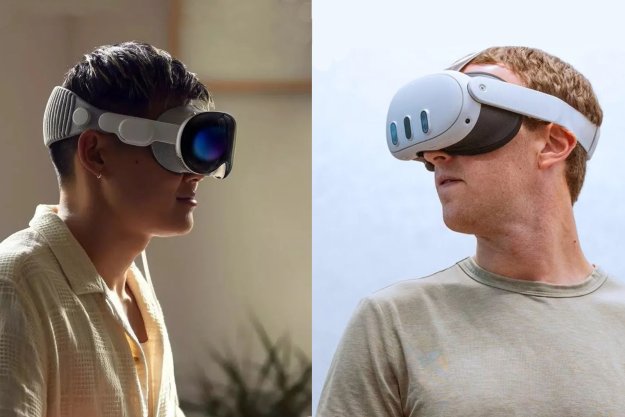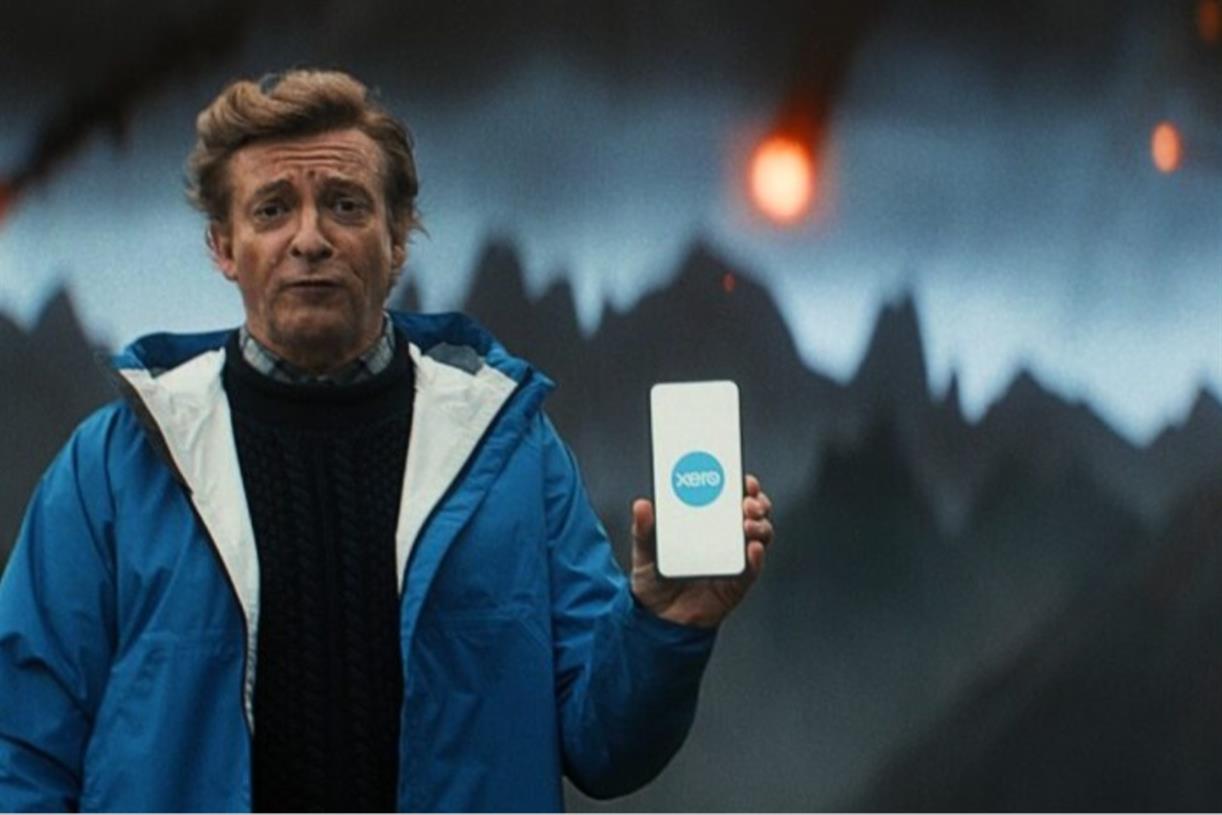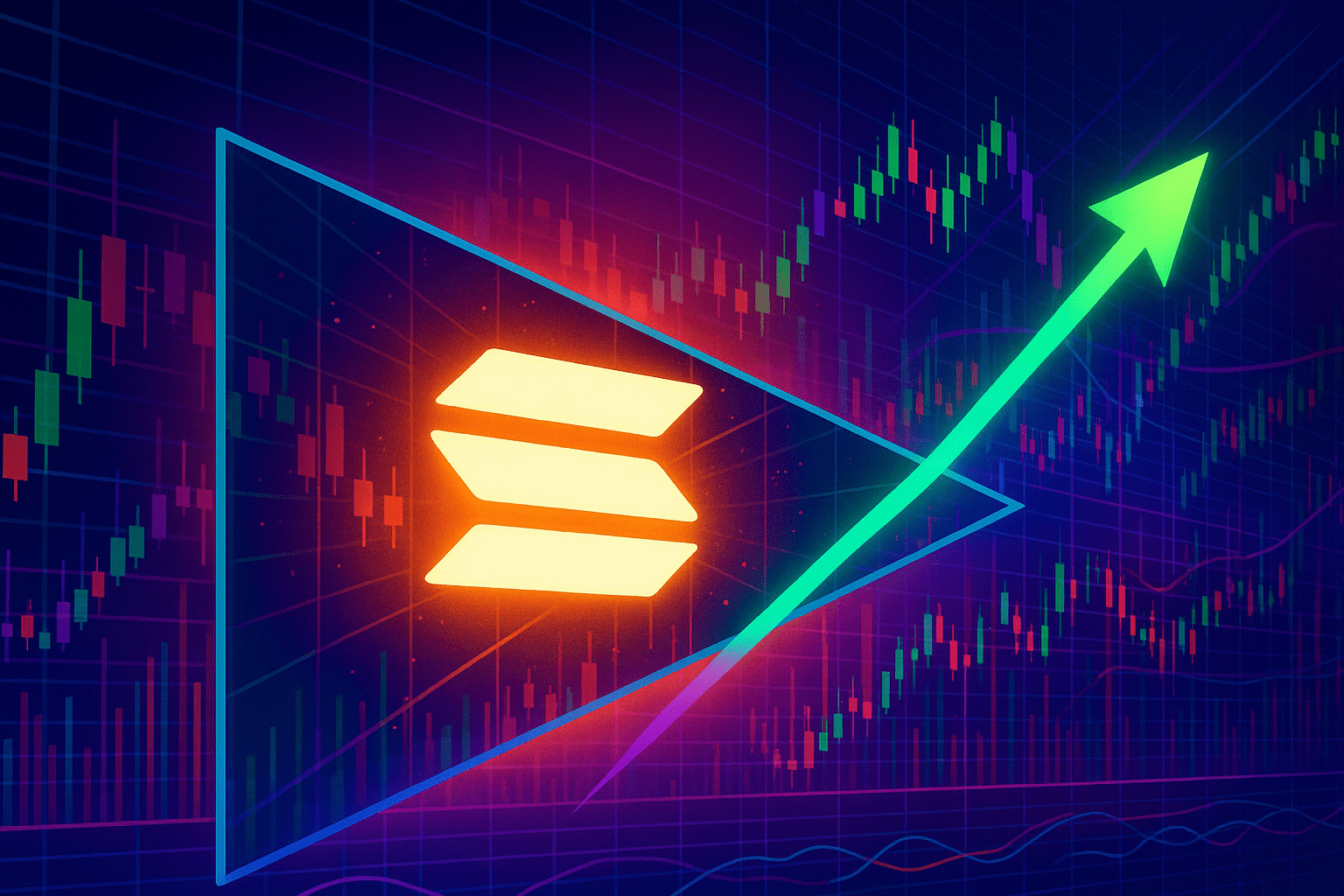How Vision Pro tech could come to the Mac
According to a new patent, Apple wants to bring 3D content to its displays by using lenticular display technology.
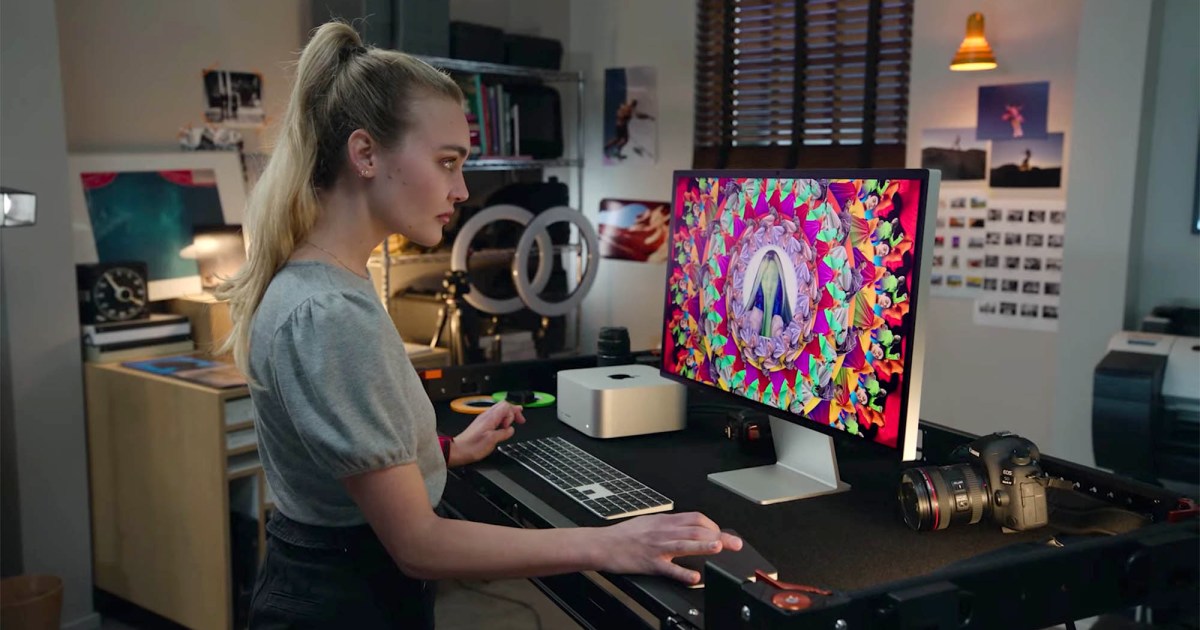
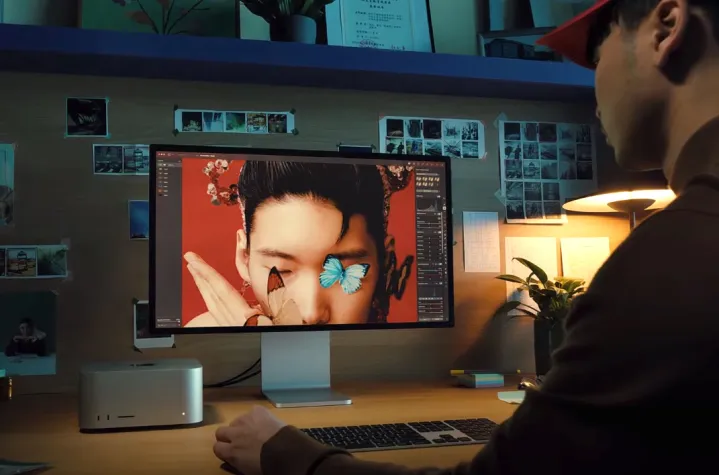 Apple / Apple
Apple / AppleYou’re probably familiar with the Apple Vision Pro, which uses spatial computing technology to bring content alive in the world around you. Virtual reality headsets and 3D displays exist to make games and other content feel more immersive. Apple, however, wants to be the best of the best and is looking into bringing spatial computing experiences to computer monitors, presumably to run your Mac.
A patent for “Displays with Selective Pixel Brightness tuning” was published on April 4, showing the company’s interest in the technology. Much of it involves using a lenticular display and a lenticular lens film so that a viewer can see what looks like three-dimensional images without wearing a headset.
The images can be displayed in controllable zones, and the pixel values of each pixel are adjustable for better quality. Multiple people can also view the same image, hinting that the display could have more than one viewing angle.
“A plurality of the lenticular lenses may extend across the length of the display. The lenticular lenses may be configured to enable stereoscopic viewing of the display such that a viewer perceives three-dimensional images,” explains Apple in the patent.
Apple doesn’t mention any of its products in the patent, but that is a common practice with many companies. Apple is protecting the idea of the technology, and just because Apple has patented something, it doesn’t always become a final product. It’s still cool to read about the concept, though, and dream of a future Apple Studio Display with this technology — or even a MacBook display that can display 3D content.
We’ve already seen companies play with the idea of 3D displays. 3D televisions (that required glasses) were once the rage, but the technology fell by the wayside. 3D is in the middle of making a comeback, though, such as the upcoming Samsung monitor, a glasses-free 3D monitor featuring similar spatial technology to what Apple is playing with in this patent.
Such a technology is expensive, though, as Apple Vision Pro is $3,500, and we can’t imagine what a 3D monitor from Apple might cost. The Apple Studio Display already costs $1,600, and the Pro Display XDR $5,000.
Editors' Recommendations
Vision Pro 2: everything we expect from the future of Apple’s headsets How to change your Zoom background on Mac and Windows Does the Vision Pro work with glasses and contacts? Does the Apple Vision Pro come with a battery? Which color MacBook should you buy? Here’s how to pickArif Bacchus is a native New Yorker and a fan of all things technology. Arif works as a freelance writer at Digital Trends…
Why you should buy a MacBook Air instead of a MacBook Pro
The MacBook Air has officially caught up. Now with the M3 on board, the MacBook Air has gained the benefits of the new chip, which was previously available just on the MacBook Pro and iMac.
Choosing between the M3 15-inch MacBook Air and the 14-inch MacBook Pro is tough, and requires an in-depth look at differences in ports, displays, speakers, and more. It's a legitimately hard decision to make.
This one feature could prevent motion sickness, but the Vision Pro doesn’t have it
A new study on virtual reality comfort suggests that some of the best VR headsets have a feature that can help prevent motion sickness. Also known as simulator sickness, the problem is due to a mismatch between what you see in a head-mounted display (HMD) and what your body feels in reality.
It’s well known that gamers prefer higher frames per second (fps) to be able to react more quickly and aim with greater accuracy. According to a recent study, though, a faster refresh rate can also reduce the chances you’ll experience nausea or vertigo after playing a VR game with lots of motion.
Nvidia and Apple are collaborating on the Vision Pro in the most unlikely way
You don't normally see tech titans like Nvidia and Apple pair up, but the two companies announced at this week's Nvidia GTC 2024 that they are coming together around the Vision Pro. Nvidia is bringing its Omniverse Cloud platform to Apple's headset, allowing users to interact with objects and design directly through the Vision Pro.
The basis of support is a set of Omniverse Cloud APIs that can stream Omniverse assets to Apple's headset. Omniverse isn't running on the Vision Pro itself. Instead, designers can stream scenes made with the Universal Scene Description (OpenUSD) in Omniverse to the Vision Pro, and interact with the 3D objects natively.

 Astrong
Astrong 

